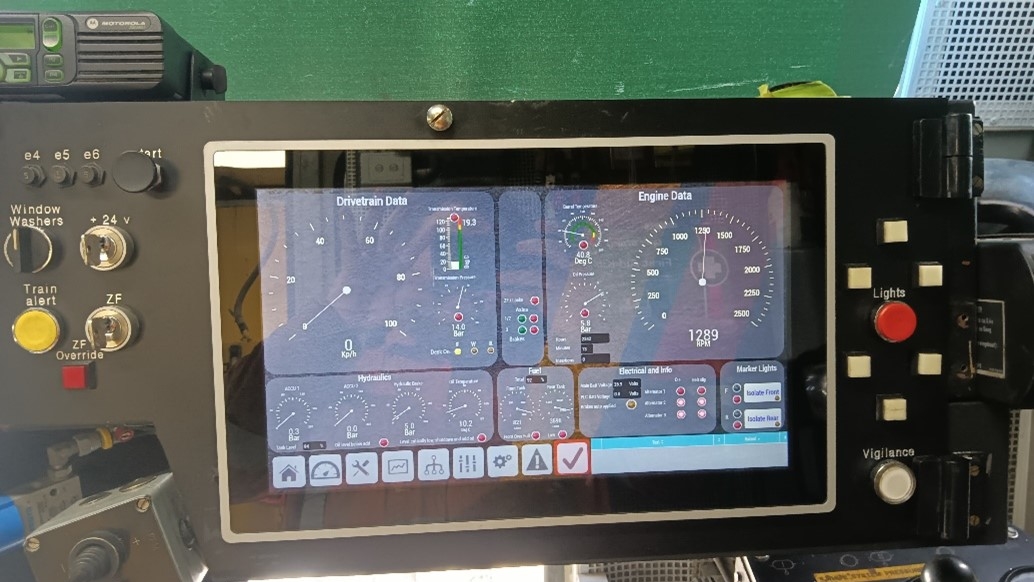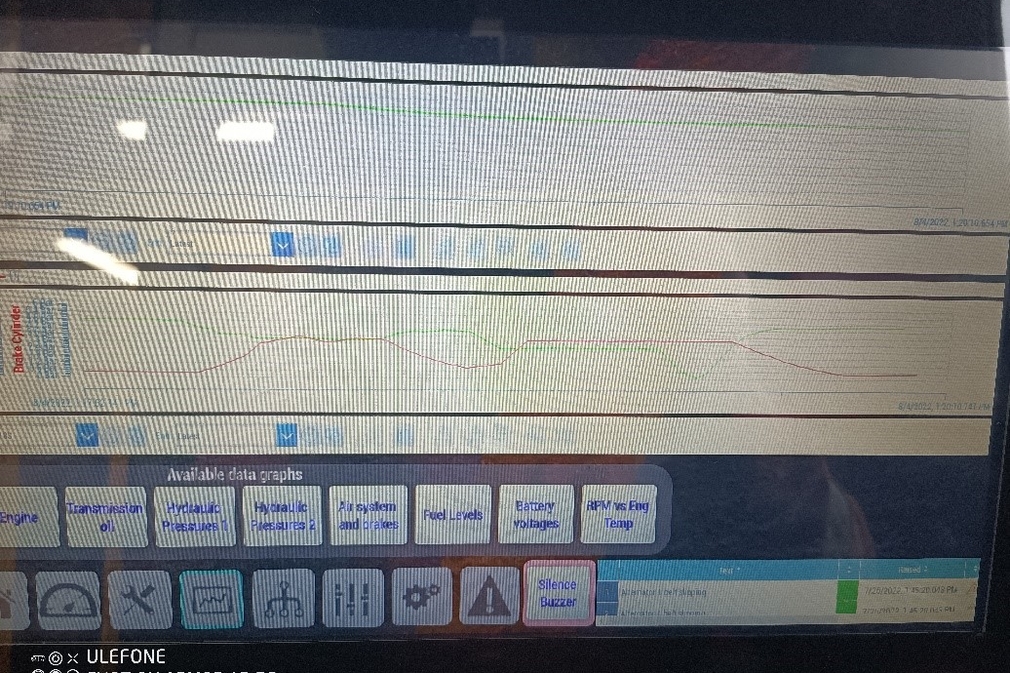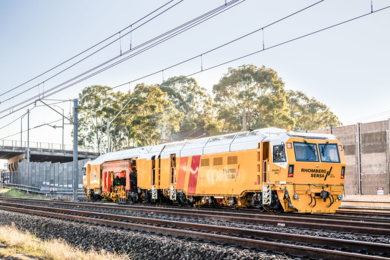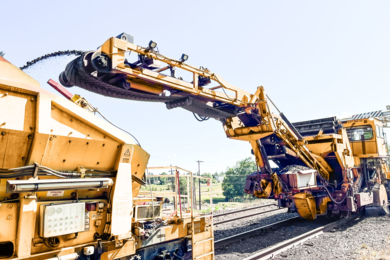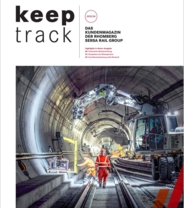Remote monitoring of machines and increased machine performance
The Rhomberg resurfacing team have been working hard in the background to develop a flexible future proof monitoring architecture that can be applied across the entire machine fleet.
IPCs, or industrial personal computers, are becoming more and more popular in a wide variety of industries, and the rail industry is no exception. Recently, Rhomberg Sersa Australia’s (RSA) resurfacing team decided to invest in IPCs for their machines, and the results have been impressive.
New IPC (Industrial PC) units have been installed on Rhomberg Sersa Australia’s resurfacing fleet increasing processing power and allowing remote monitoring of machines and increased machine performance.
When this innovative project kicked off the team’s goal from the outset was to design a solution that was future proof and not just a solution that was designed to fit the current defined requirements. To achieve this the team had to use components and design principles that are commonplace in the automation industry and hence well supported.
Commonly used and widely available automation components were used throughout system to ensure high serviceability, high availability and long service life.
By using a centralised controller with a powerful communication bus the integration of almost any sensor or device that exists in the automation and data acquisition space complies. Data and control signals can be collected and sent at the fastest currently available cycle times in the digital world.
The data is collected and disseminated to MyNet allowing our maintenance team to monitor machine output and essentially address issues in productivity before major breakdowns or machine failures occur. This innovation will reduce cost and time previously spent on the repairs in a reactive state. Furthermore, the system allows real time monitoring and notification of machine and track dynamics via the onboard HMI’s or any internet connected device including the Shift Supervisor's mobile phone.
The team had been using older equipment that lacked monitoring functionality, which made it difficult to keep track of how much material was being used, how much time was being spent on each section of track, and other important metrics. This lack of visibility made it challenging to optimise their processes and improve efficiency.
Ultimately any innovative solutions applied to our machines enhancing proactive maintenance is great news for both our business and our clients!
